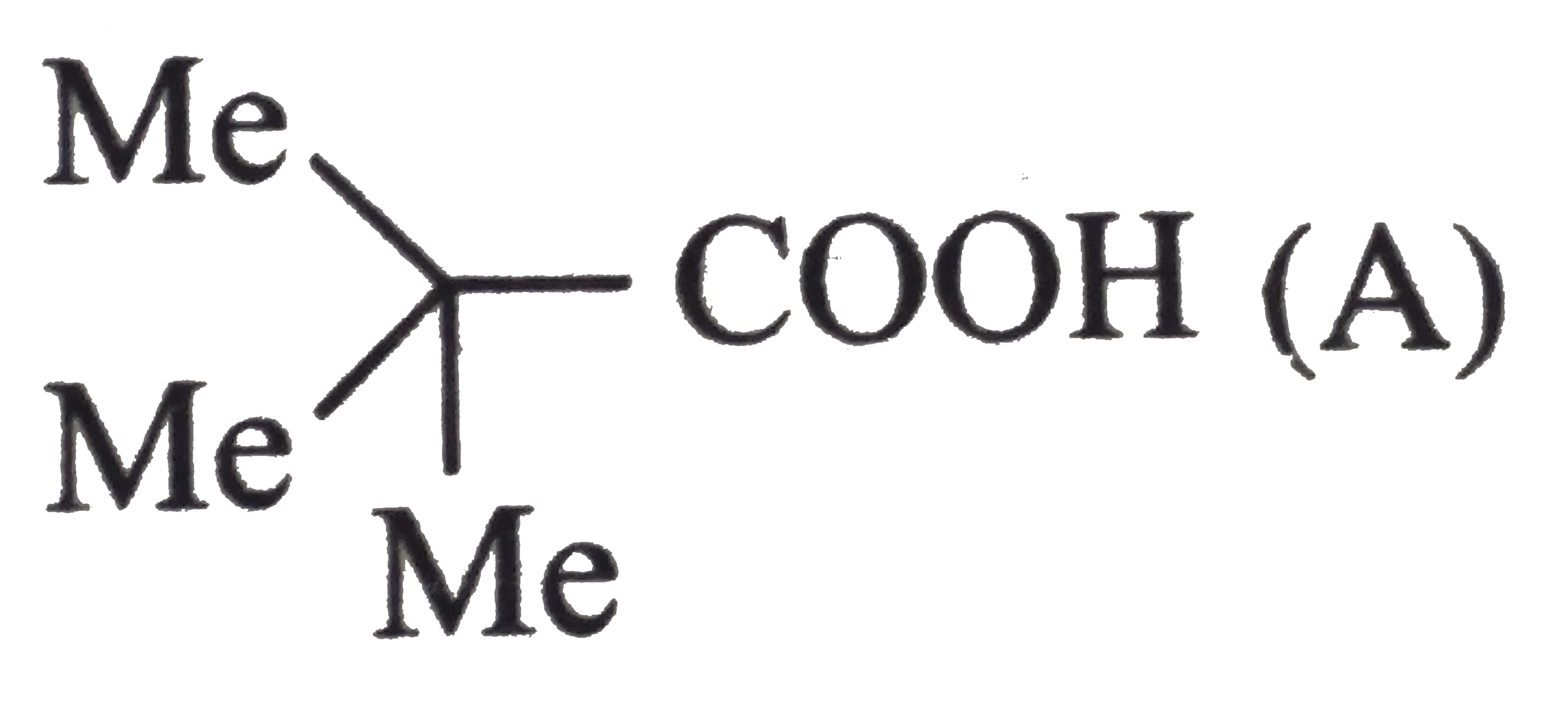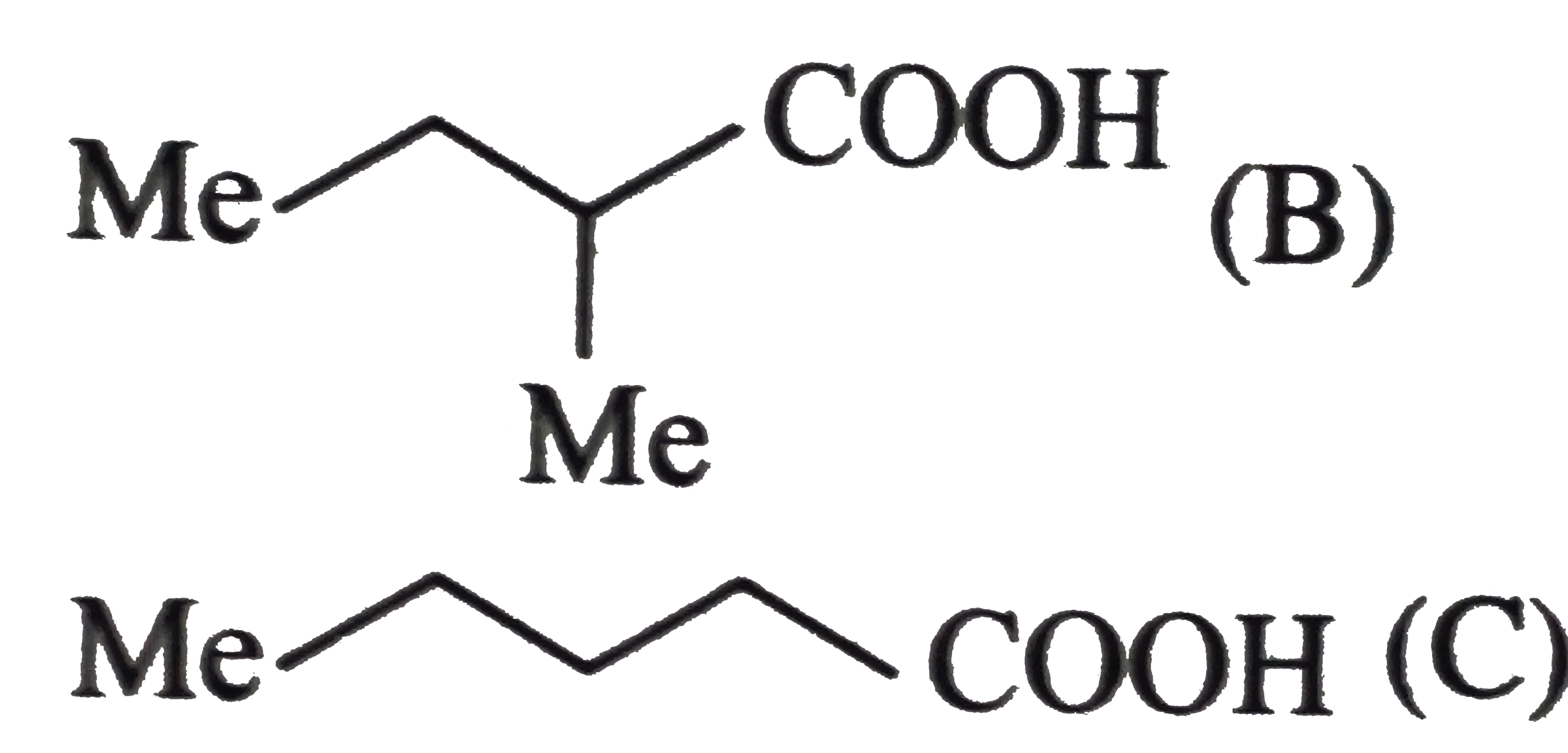Differentiate between the following
Fibres and Sclereids
To differentiate between Fibres and Sclereids, we can outline the following points:
1. Definition:
- Fibres: These are elongated, narrow cells that provide structural support to the plant.
- Sclereids: These are shorter, variable-shaped cells that also provide support but have a different structure and function compared to fibres.
2. Shape:
- Fibres: They are typically elongated with tapering ends.
- Sclereids: These are generally broad and can have various shapes, often with blunt ends.
3. Branching:
- Fibres: They are usually unbranched.
- Sclereids: These can be either branched or unbranched.
4. Origin:
- Fibres: They originate from meristematic tissues, which are actively dividing tissues in plants.
- Sclereids: These are formed from the thickening of parenchyma cells, which are more generalized plant cells.
5. Examples:
- Fibres: Common examples include bast fibres (like jute, flax) and wood fibres.
- Sclereids: Examples include osteosclereids and macrosclereids, which can be found in various plant tissues.
Summary Table:
| Feature | Fibres | Sclereids |
|------------------|--------------------------------|------------------------------|
| Definition | Elongated, narrow cells | Short, variable-shaped cells |
| Shape | Elongated with tapering ends | Broad with blunt ends |
| Branching | Usually unbranched | Can be branched or unbranched |
| Origin | From meristematic tissues | From thickened parenchyma cells|
| Examples | Bast fibres, wood fibres | Osteosclereids, macrosclereids|
- Fibres: These are elongated, narrow cells that provide structural support to the plant.
- Sclereids: These are shorter, variable-shaped cells that also provide support but have a different structure and function compared to fibres.
- Fibres: They are typically elongated with tapering ends.
- Sclereids: These are generally broad and can have various shapes, often with blunt ends.
- Fibres: They are usually unbranched.
- Sclereids: These can be either branched or unbranched.
- Fibres: They originate from meristematic tissues, which are actively dividing tissues in plants.
- Sclereids: These are formed from the thickening of parenchyma cells, which are more generalized plant cells.
- Fibres: Common examples include bast fibres (like jute, flax) and wood fibres.
- Sclereids: Examples include osteosclereids and macrosclereids, which can be found in various plant tissues.
|------------------|--------------------------------|------------------------------|
| Definition | Elongated, narrow cells | Short, variable-shaped cells |
| Shape | Elongated with tapering ends | Broad with blunt ends |
| Branching | Usually unbranched | Can be branched or unbranched |
| Origin | From meristematic tissues | From thickened parenchyma cells|
| Examples | Bast fibres, wood fibres | Osteosclereids, macrosclereids|
Topper's Solved these Questions
- BOOK - ICSECHAPTER - ANATOMY OF FLOWERING PLANTS - PLANT TISSUESEXERCISE - REVIEW QUESTIONS (VERY SHORT ANSWER TYPE QUESTIONS)50videos
ANATOMY OF FLOWERING PLANTS - PLANT TISSUES
- BOOK - ICSECHAPTER - ANATOMY OF FLOWERING PLANTS - PLANT TISSUESEXERCISE - REVIEW QUESTIONS (SHORT ANSWER TYPE QUESTIONS)40videos
ANATOMY OF FLOWERING PLANTS - PLANT TISSUES
- BOOK - ICSECHAPTER - ANATOMY OF FLOWERING PLANTS - PLANT TISSUESEXERCISE - REVIEW QUESTIONS (FILL IN THE BLANKS)5videos
ANATOMY OF FLOWERING PLANTS - PLANT TISSUES
- BOOK - ICSECHAPTER - ANATOMY OF FLOWERING PLANTS EXERCISE - Ncert Exercises (Differentiate Between )23videos
ANATOMY OF FLOWERING PLANTS
- BOOK - ICSECHAPTER - ANIMAL KINGDOMEXERCISE - Ncert Exercises (Differentiate between )11videos
ANIMAL KINGDOM
Similar Questions
Differentiate between the following :
Spines and TendrilsView SolutionDifferentiate between the following:
Seed and fruitView SolutionDifferentiate between the following:
Dwarfism and CretinismView SolutionDifferentiate between the following:
Stamen and carpelView SolutionDifferentiate between the following:
Calyx and corollaView SolutionDifferentiate between the following
Trancheid and VesselView SolutionDifferentiate between the following:
Pepsin and TrypsinView SolutionDifferentiate between the following acids :
(a)
(b) View Solution
View SolutionDifferentiate between the following
Tunica and CorpusView SolutionDifferentiate between the following
Primary and Secondary PhloemView Solution

